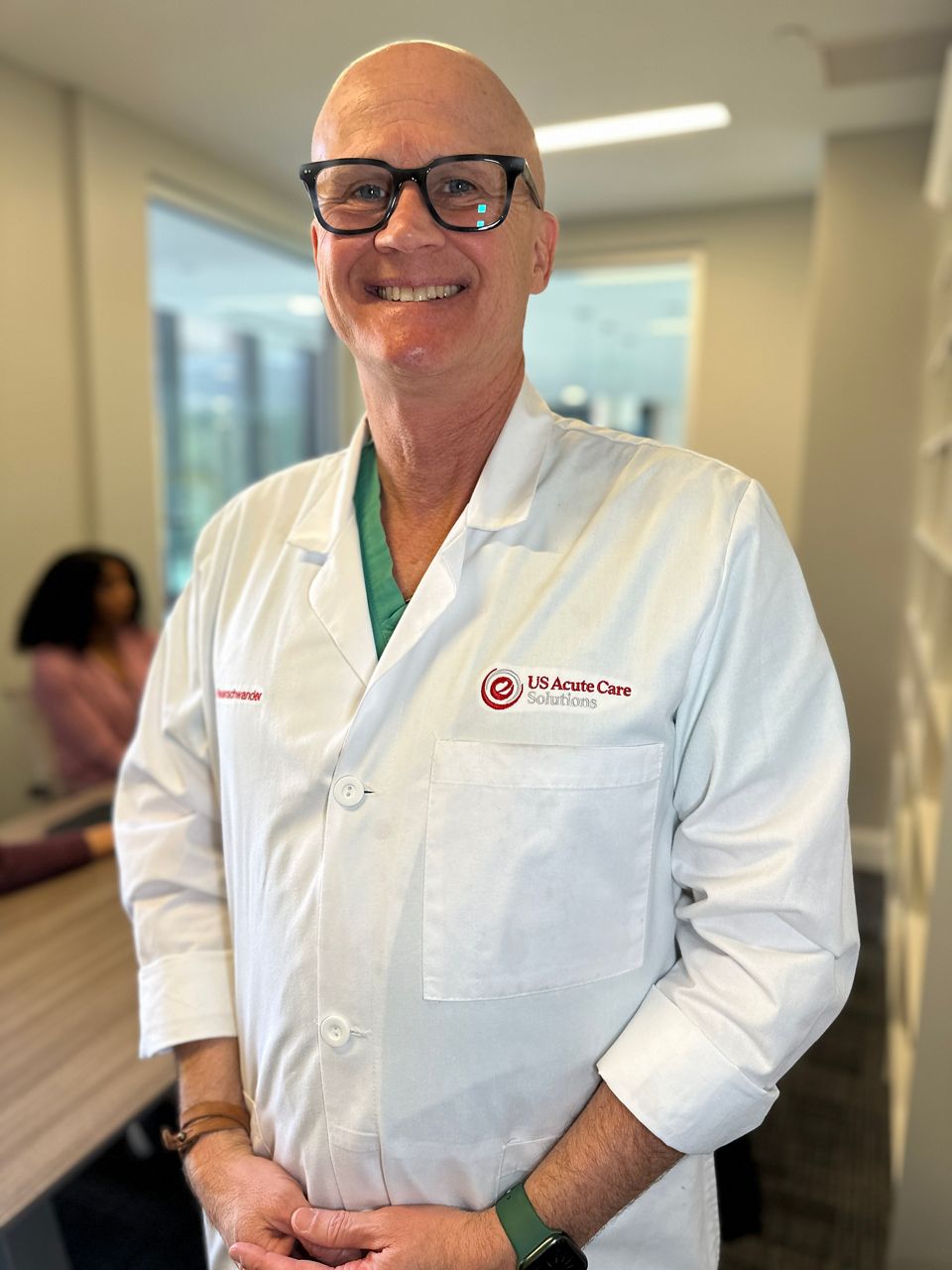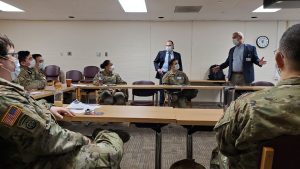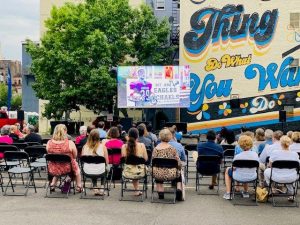COLUMBUS, Ohio — James Neuenschwander, a long-time emergency physician, said he sees someone come into the ER from an overdose almost daily.
“I’ve practiced all over the state and what I’ve seen is that there is no place in Ohio not touched by the opioid epidemic,” said Neuenschwander, who is an attending emergency physician at OhioHealth Doctors Hospital.
He’s passionate about fixing the problem and so are about 12 pre-med and medical students he mentors.
“I love trying to answer these questions,” said Parker Cordial, a fourth-year medical student at Ohio State University. “I’m trying to improve the future of health care for patients, for the entire health system, and just working to make things better.”
They’re collaborating on a project called TOUTED, which stands for Treating Opioid Use disorder in The Emergency Department. The group wants to help put an end to the nation’s worst-ever drug crisis so they created a 16 question survey and sent it to six hospitals in the state, The Ohio State University Wexner Medical Center, Bon Secours Mercy Health, OhioHealth, ProMedica Toledo, University of Cincinnati Medical Center and Summa Health System, all of which received grants from the Ohio Department of Health to find solutions to the opioid-use problem.

James Neuenschwander, attending emergency physician at OhioHealth Doctors Hospital. (Spectrum News 1/ Taylor Bruck)
“What we decided to do was to go to those six sites and say, ‘Hey, what was it that you did in each one of these places that was most successful?’” Neuenschwander said. “So it’s really to figure out what they did that with their best practices. Where did they really feel like they got the most impact, and the greatest ability to help patients.”
The group is condensing the information and writing a resource guide for other hospitals.
“We’ve got a section where we’re saying if you have $10,000 what would you do? If you had $100,000, if you had $500,000, if you have more than a million, where would you start?,” Neuenschwander said. “Would you start with Project Dawn? Would you start with education for physicians and nurses and physician assistants and nurse practitioners? Would you, if you could and had enough money, would you employ a full-time nurse or nurse practitioner to be devoted to 12 hours a day of just opioid use disorder and substance use disorder?”
Opioids are powerful painkillers that can be highly addictive. In the U.S. more than 70,000 people died from an opioid-related overdose in 2021, according to the National Institute of Drug Abuse. Ohio is one of the most affected states in the nation, with about 4,251 overdose deaths per year, many of which are caused by opioids, according to the National Center for Drug Abuse Statistics.
“The drug supply continues to be more and more lethal with a lot of new substances we can’t even identify in real time,” said Emily Kauffman, an emergency medicine physician at The Ohio State University Wexner Medical Center. “Typically, opioids are synthetic, so they’re manmade or human made products, like oxycodone is an opioid. Methadone is an opioid and fentanyl is the one folks most commonly hear.”

Emily Kauffman, an emergency medicine physician at The Ohio State University Wexner Medical Center holds a box of Naloxone HCI Nasal Spray. (Spectrum News 1/ Taylor Bruck)
The Ohio State University Wexner Medical Center was one hospital that received a $1 million grant from the Ohio Department of Health. Kauffman said the money went toward adding a peer support program, funding social work, staff training, giving out Narcan kits and much more.
“At least with like naloxone distribution programs, that’s kind of like the lowest bar and then if you can hire, the next most valuable thing would be hiring somebody to help with that kind of linkage piece, that care coordination piece,” Kauffman said. “Then also having a physician or provider champion to work with the other providers to help them understand why we’re using these medications, how to use these medications, and then education to the nurses as well, too, with, you know, stigma education, and again, recognizing opioid withdrawal, and how you start these folks on these medications and why we’re doing it.”
Kauffman said peer support was the most valuable strategies they implemented.
“I think peer support was challenging to implement, but I think it’s probably one of the most effective strategies that we started and we will continue,” Kauffman said. “In terms of stigma reduction, because stigma is a huge, huge barrier to implementing programs to address addiction.”
In more rural areas of the state where hospitals don’t have as many resources, she said information like what will come from the Nuenshwander and his team’s survey is invaluable.
“This should be standard of care throughout every single emergency department in the state,” Kauffman said. “So you have to really learn what can be done, you know, and with limited resources, where you don’t have social work support, you know, where you don’t have a pharmacist that can come and bring you your Narcan at bedside.”
Nuenshwander said the opioid-epidemic won’t be solved overnight, but that knowledge is power. They’ve already received promising responses from many of the hospitals so far, the team said.

James Neuenschwander, attending emergency physician at OhioHealth Doctors Hospital, with some of the pre-med and medical students he mentors. (Spectrum News 1/ Taylor Bruck)
“We’ve gotten some fantastic responses on the survey,” Cordial said. “So far, the centers that have gotten back to us really had some great ideas and saw some great results from some of the things they’ve done. So we think we’re going to find some excellent tools that other hospitals can use.”
Nuenshwander said the more hospitals in the state that have information on the best ways to treat patients with opioid-use disorder, the better chance we have to end the epidemic in Ohio and eventually the nation.
“We need to put an end to this, we need to improve,” Neuenschwander said. “Already the National College of Emergency Physicians is looking at utilizing this for themselves to which we’ll be happy to share. This is the more the merrier. So we’re absolutely thrilled to have an opportunity to improve the health of Ohioans and our country as a whole. It’s time for us to heal from this epidemic.”
Neuenschwander said he and the team hope to have a report written within the next three months. They will continue doing research and eventually plan to be published in a medical journal. To learn more about opioid-use disorder, click here.




